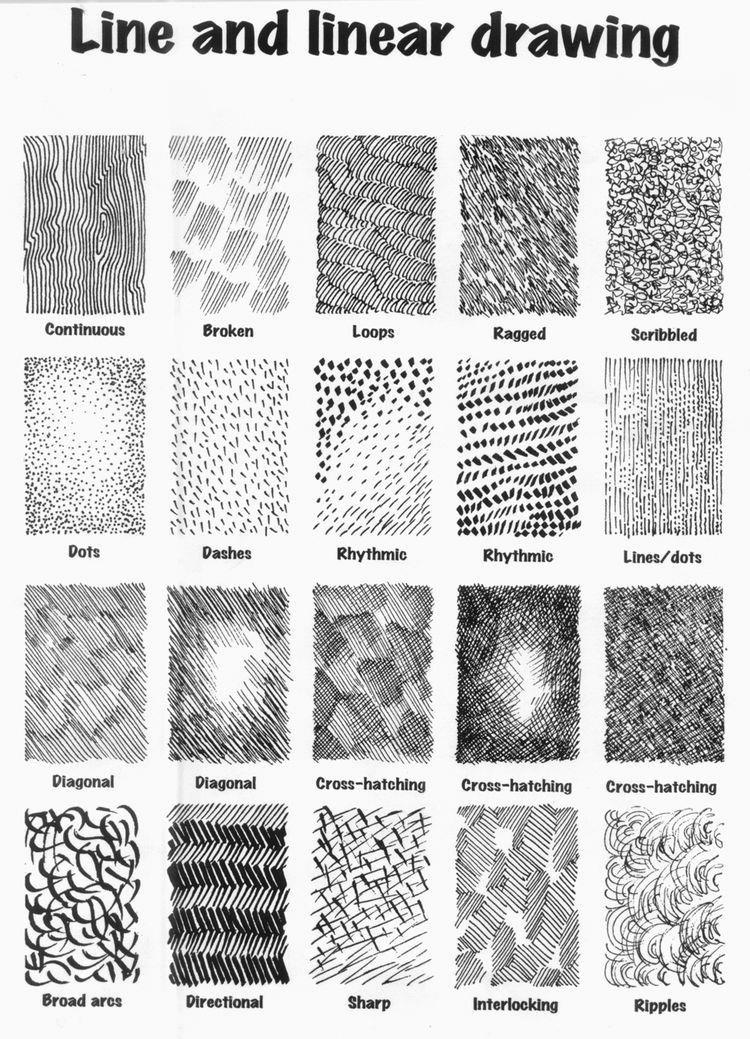
Welcome to 'Unlock Your Artistic Skills: 7 Key Elements of Perspective Drawing.'
In this informative article, we will delve into the fundamental aspects of perspective drawing that will empower you to create stunning and lifelike artworks.
By understanding the horizon line, vanishing points, and various perspectives, you will gain the knowledge necessary to bring depth and dimension to your artistic creations.
Prepare to unlock your artistic freedom as we explore the intricate techniques of foreshortening, overlapping, and size variation.
Let's embark on this artistic journey together.
The Horizon Line
The horizon line, a fundamental concept in perspective drawing, plays a crucial role in creating a sense of depth and realism in artworks. It is the imaginary line where the sky meets the ground, and it serves as a reference point for understanding spatial relationships and exploring depth perception in a drawing or painting.
By positioning the horizon line at different heights on the picture plane, artists can manipulate the viewer's perception of distance and scale. For example, a higher horizon line will make objects appear smaller and create the illusion of a vast expanse, while a lower horizon line will make objects appear larger and closer to the viewer.
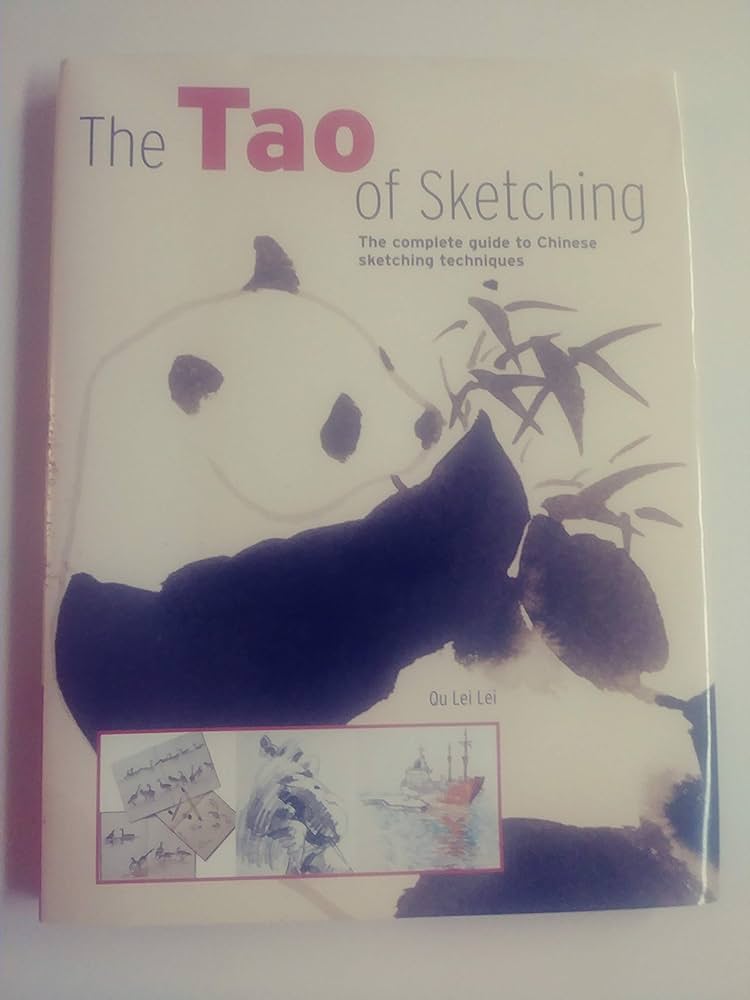
Understanding how to effectively utilize the horizon line is essential in creating visually engaging and believable artworks.
Vanishing Points
Within the realm of perspective drawing, artists utilize vanishing points as crucial tools for creating the illusion of depth and three-dimensionality in their artwork. Vanishing points are points on the horizon line where parallel lines appear to converge, giving the viewer a sense of distance and space.
By understanding the concept of vanishing points, artists can accurately depict objects in the foreground and background, as well as apply foreshortening techniques to create a sense of depth.
However, mastering vanishing points can present challenges in perspective drawing. Artists must consider the placement of vanishing points and the angle at which lines converge, as these factors determine the accuracy of the perspective.
With practice and experimentation, artists can overcome these challenges and create realistic and visually engaging artwork.
One-Point Perspective
One key element in perspective drawing is the use of a single vanishing point, commonly known as one-point perspective. This technique creates the illusion of depth and distance in a two-dimensional artwork.
To apply perspective to still life using one-point perspective techniques, consider the following:
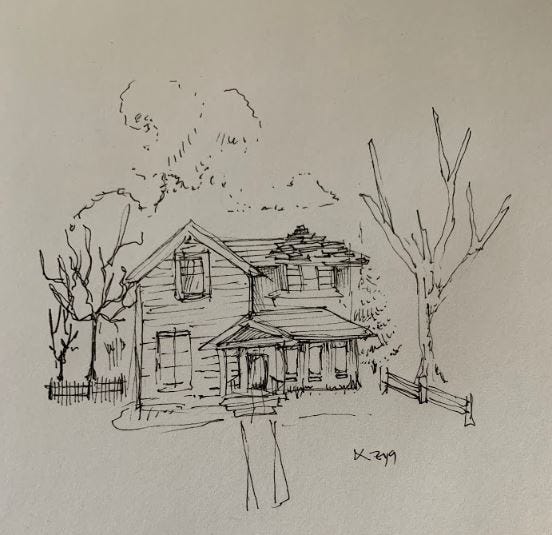
Choose a focal point: Select an object or point in your still life composition that will serve as the center of attention.
Determine the horizon line: Imagine a horizontal line that represents eye level. This line will intersect with the vanishing point.
Create parallel lines: Draw lines from the edges of your objects towards the vanishing point. These lines will converge and give the illusion of depth.
Add details: Develop the composition by adding additional objects, adjusting the size and placement according to the perspective lines.
Two-Point Perspective
Two-point perspective is a fundamental technique in perspective drawing that involves the use of two vanishing points. These vanishing points create depth and give the illusion of three-dimensionality to the artwork. By using angles and lines that converge towards these vanishing points, artists can create realistic structures that accurately represent the depth and space of the subject matter.
Mastering the use of these points is essential for artists looking to enhance their artistic skills and create more dynamic and lifelike drawings.
Vanishing Points and Depth
Vanishing points and depth play a crucial role in creating a realistic and three-dimensional effect in perspective drawing. By understanding how these elements work, artists can create illusions of depth and space on a flat surface. Here are four key aspects to consider:
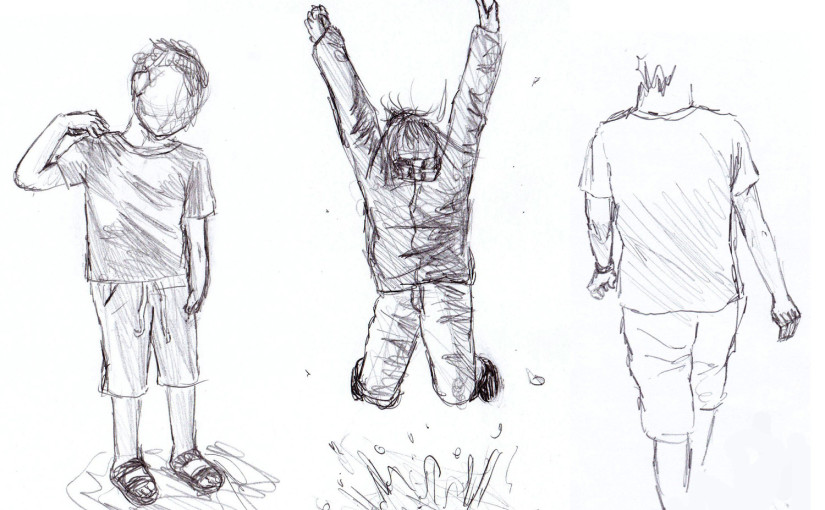
Vanishing points: These points are where parallel lines appear to converge in the distance. They establish the direction and convergence of lines, giving the drawing a sense of depth.
Horizon line: This line represents the viewer's eye level and helps determine the placement of objects in the drawing. It divides the scene into the ground and the sky, contributing to the perception of depth.
Foreshortening: This technique involves distorting the size and shape of objects to create the illusion of depth. It is particularly effective when applied to objects that are closer to the viewer.
Overlapping: By overlapping objects in a drawing, artists can create the illusion of one object being in front of another. This technique adds depth and dimension to the composition.
Understanding vanishing points and depth perception allows artists to create compelling and lifelike drawings that captivate their audience.
Angles and Lines
Multiple angles and lines are essential in creating a visually dynamic and accurate two-point perspective drawing. These elements play a crucial role in depicting depth and creating the illusion of three-dimensional space. In two-point perspective, two vanishing points are used to establish the direction and convergence of lines. Angles are determined by the placement of these vanishing points, allowing the artist to accurately portray objects from different viewpoints.
Lines, on the other hand, guide the viewer's eye and create a sense of movement within the drawing. Overlapping techniques can be employed to enhance depth perception, while size variation techniques can be used to convey distance and perspective.
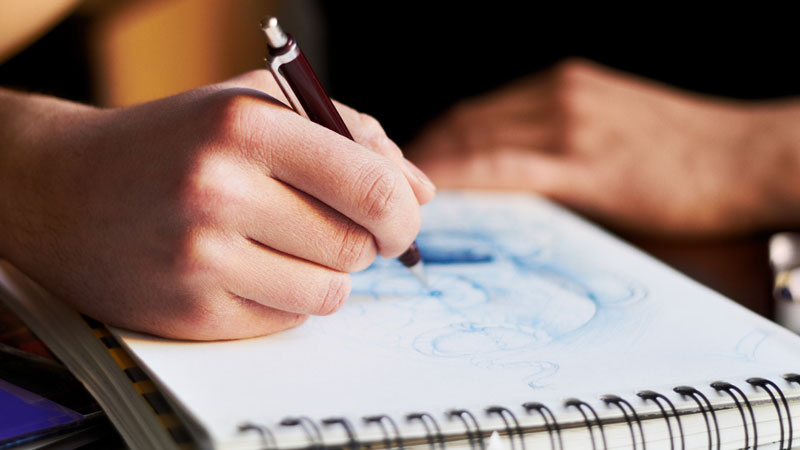
Creating Realistic Structures
Effectively capturing the essence of depth and dimension, creating realistic structures in perspective drawing requires meticulous attention to detail and a thorough understanding of spatial relationships. To achieve this, consider the following:
Vanishing Points: Identify the two vanishing points on your horizon line, which will act as the focal points for your drawing.
Vertical Lines: Draw vertical lines to establish the height and scale of the structure, making sure they align with the vanishing points.
Horizontal Lines: Connect the corners of the structure to the vanishing points using horizontal lines, creating the illusion of depth.
Details and Shadows: Add details and shadows to enhance the realism of the structure, paying attention to light source and perspective.
Three-Point Perspective
The incorporation of depth in three-point perspective allows artists to create a sense of spatial realism in their drawings. Understanding foreshortening is crucial in achieving this effect. Foreshortening refers to the distortion that occurs when objects appear shorter in length or height due to their angle in relation to the viewer.
Using three-point perspective, artists can accurately portray objects that are not parallel to the picture plane. This technique involves adding a third vanishing point to the traditional two-point perspective, creating a more dynamic and realistic representation of depth. The third vanishing point is typically placed above or below the horizon line, allowing for a greater sense of depth and height in the artwork.
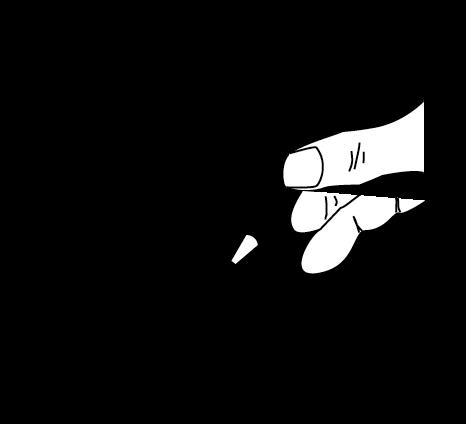
Foreshortening
Foreshortening is a technique used in art to create the illusion of depth and three-dimensionality on a two-dimensional surface. It involves distorting the proportions of objects or parts of objects that are closer to the viewer, making them appear shorter or narrower.
Mastering foreshortening is crucial for achieving realism in drawings, as it adds depth and dimension to the artwork. However, foreshortening can be challenging, as it requires a good understanding of perspective and the ability to accurately depict objects from different angles.
Foreshortening Techniques Explained
How can artists effectively employ foreshortening techniques to create the illusion of depth and perspective in their drawings? Foreshortening is a technique used in art to depict objects that appear to recede or extend into space. It can be a challenging skill to master, but with practice and understanding, artists can create stunning and realistic drawings.
Here are four foreshortening techniques explained:
Overlapping: By overlapping objects in a drawing, artists can create the illusion of depth and distance.
Diminishing size: Objects that are farther away from the viewer appear smaller. Artists can use this technique to create a sense of perspective.
Foreshortened lines: When an object is facing the viewer head-on, its lines appear shorter. Artists can use this technique to convey depth.
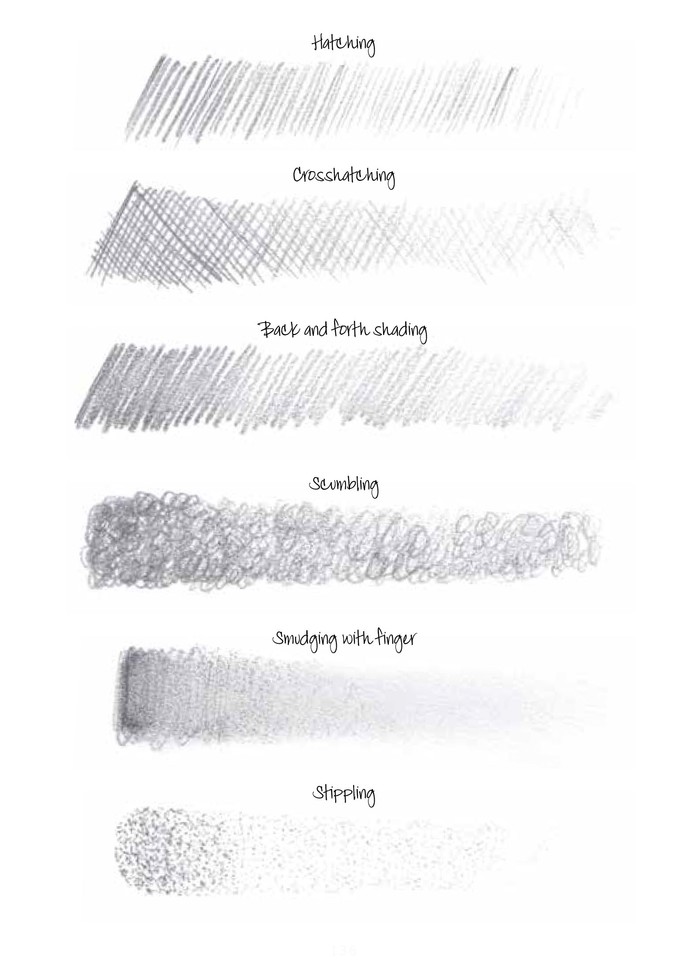
Atmospheric perspective: By using lighter values and softer edges for objects that are farther away, artists can create a sense of depth and atmosphere.
With these foreshortening techniques, artists can enhance their drawings and bring them to life, creating a captivating visual experience for the viewer.
Mastering Foreshortening for Realism
Developing a mastery of foreshortening techniques is essential for artists seeking to achieve a heightened level of realism in their drawings. Foreshortening is the visual distortion that occurs when an object or body part appears shorter or compressed when viewed from a certain angle.
To overcome foreshortening challenges, artists must understand the principles of perspective and how they affect the perception of depth and distance. One technique is to use overlapping shapes to create the illusion of depth and dimension. This involves accurately depicting the proportions and angles of objects as they recede into the distance.
Another technique artists can utilize is shading and highlighting. By understanding how light interacts with objects, artists can create the illusion of volume and form. This technique adds depth and realism to drawings.
Challenges in Foreshortening Drawings
Overcoming the challenges of foreshortening requires artists to employ various techniques and strategies to accurately depict the distortion of objects and body parts when viewed from a particular angle. Foreshortening can be a difficult aspect of drawing to master, but with practice and the right approach, artists can conquer this challenge.
Here are four techniques that can help artists tackle the challenges of foreshortening:
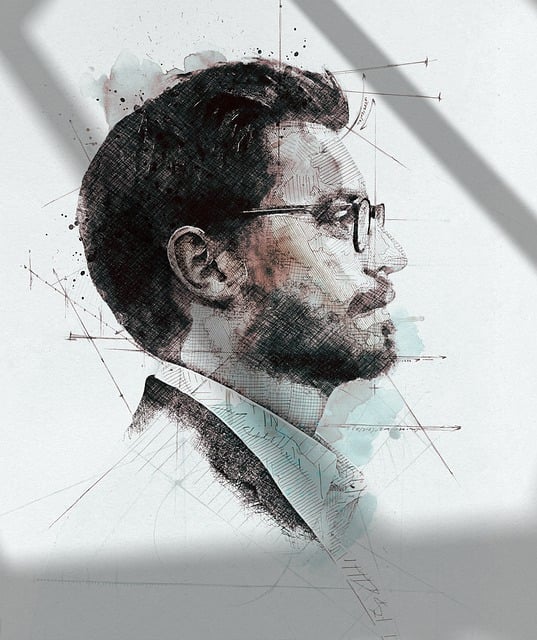
Understanding perspective: Having a solid understanding of perspective is crucial when attempting to foreshorten objects. This involves understanding how objects appear smaller as they recede into the distance and how they can appear distorted when viewed from different angles.
Breaking down complex forms: Breaking down complex forms into simpler shapes can make it easier to foreshorten them. By focusing on the basic geometric shapes within an object, artists can better understand how the form is affected by foreshortening.
Using references: Utilizing references, such as photographs or models, can provide valuable guidance when dealing with foreshortening. Observing how objects or body parts appear when viewed from different angles can help artists accurately depict the distortion.
Practicing observation and visualization: Foreshortening requires artists to observe the world around them and visualize how objects would appear from different perspectives. Regular practice in observing and visualizing these distortions can enhance an artist's ability to accurately depict foreshortening in their drawings.
Overlapping and Size Variation
Overlapping and size variation are essential techniques that artists employ to create depth and realism in their perspective drawings. These techniques allow objects in a drawing to appear closer or farther away, giving the illusion of three-dimensional space on a two-dimensional surface.
Overlapping techniques involve drawing objects in a way that one object appears to be in front of another, creating the impression of depth. By overlapping objects, the artist can suggest distance and placement within the composition.
Size variation, on the other hand, involves drawing objects in different sizes depending on their distance from the viewer. Objects that are closer appear larger, while objects that are farther away appear smaller. This technique adds visual interest and helps to create a sense of depth in the drawing.
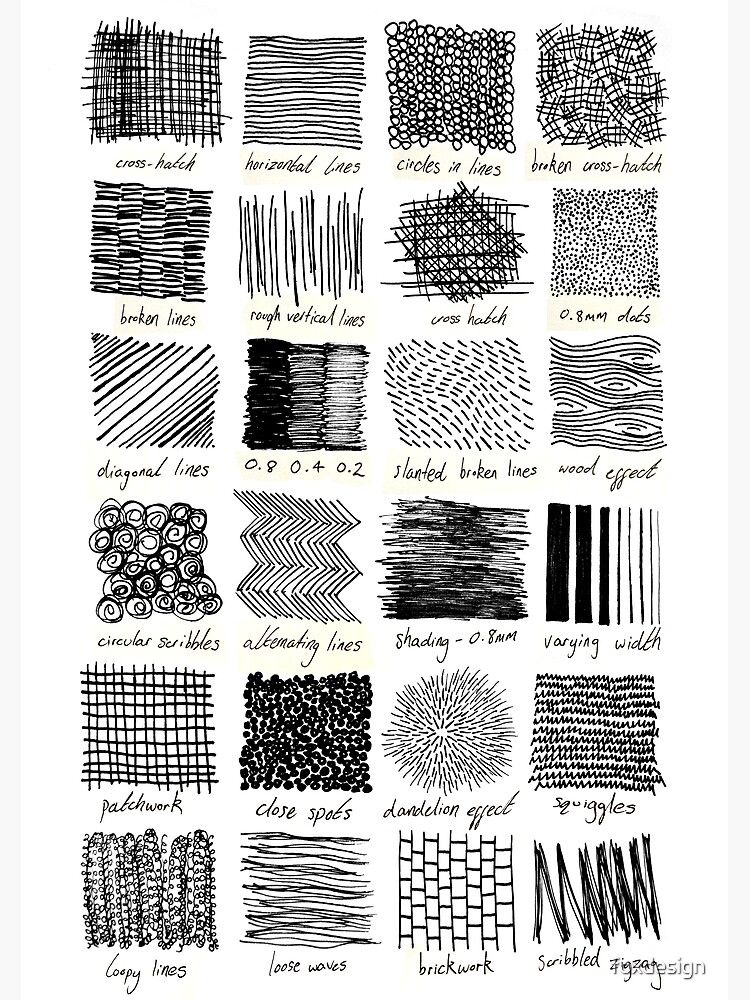
Frequently Asked Questions
How Can I Improve My Understanding of Perspective Drawing Techniques?
Improving understanding of perspective drawing techniques can be achieved through various ways. Practice regularly, experiment with different subjects, and study the principles of vanishing points and horizon lines. These tips will help develop a solid foundation in perspective drawing.
When it comes to perspective drawing, having the right tools and materials is essential. Some key items include a ruler, compass, pencils of varying hardness, and high-quality paper. These tools, combined with techniques to enhance your skills, will help you create accurate and realistic drawings.
Can Perspective Drawing Be Used in Different Art Mediums, Such as Painting or Sculpture?
Perspective drawing can indeed be used in different art mediums, such as painting or sculpture. By exploring the role of perspective in abstract art and analyzing its impact on the portrayal of emotions in sculpture, artists can achieve a sense of freedom and depth in their creations.
What Are Some Common Mistakes Beginners Make When Attempting Perspective Drawing?
When attempting perspective drawing, beginners often make common mistakes that can hinder their progress. By being aware of these mistakes and following some beginner tips, artists can improve their skills and create more accurate and visually appealing drawings.
Are There Any Famous Artists Who Are Known for Their Use of Perspective in Their Artwork?
Famous artists who mastered perspective in their artwork include Leonardo da Vinci, Raphael, and Vermeer. These artists used various techniques such as vanishing points, foreshortening, and atmospheric perspective to achieve realistic and immersive depth in their drawings.
 Writing TipsCreative WritingJournalingSketching TechniquesBuying GuidesPrivacy PolicyTerms And Conditions
Writing TipsCreative WritingJournalingSketching TechniquesBuying GuidesPrivacy PolicyTerms And Conditions
